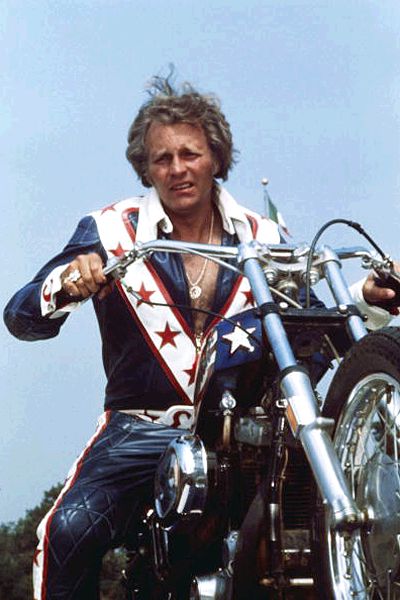


With seemingly dirt in his bones, one of the greatest motocross racers to ever come out of the state of California, Rick Johnson, is born in La Mesa, California.
Hands down Rick Johnson was one of the great AMA Motocross and Supercross racers of all-time. During the 1980's, he won seven AMA National Championships and was part of four winning U.S. Motocross des Nations teams. In all, Rick tallied an amazing 61 AMA National wins and was crowned Champion in AMA Supercross and both 250cc and 500cc Motocross.
When Johnson called it quits in 1991 he was then the all-time AMA Supercross wins leader. More than likely he would've had even more impressive numbers had injuries not forced him into early retirement at twenty-six.
Look at these final stats - AMA Motocross Champion in 1984, '86, '87 and '88, Supercross Champion in 1986, '88, AMA Supercross Champion 1986, '88 and AMA Pro Athlete of the Year in 1986 and 1987.
Rick Johnson was inducted into the AMA Hall of Fame in 1999.
Today in motorcycle history proudly supports the National Association for Bikers with a Disability (NABD). www.nabd.org.uk
Today in motorcycle history proudly supports the National Association for Bikers with a Disability (NABD). www.nabd.org.uk























